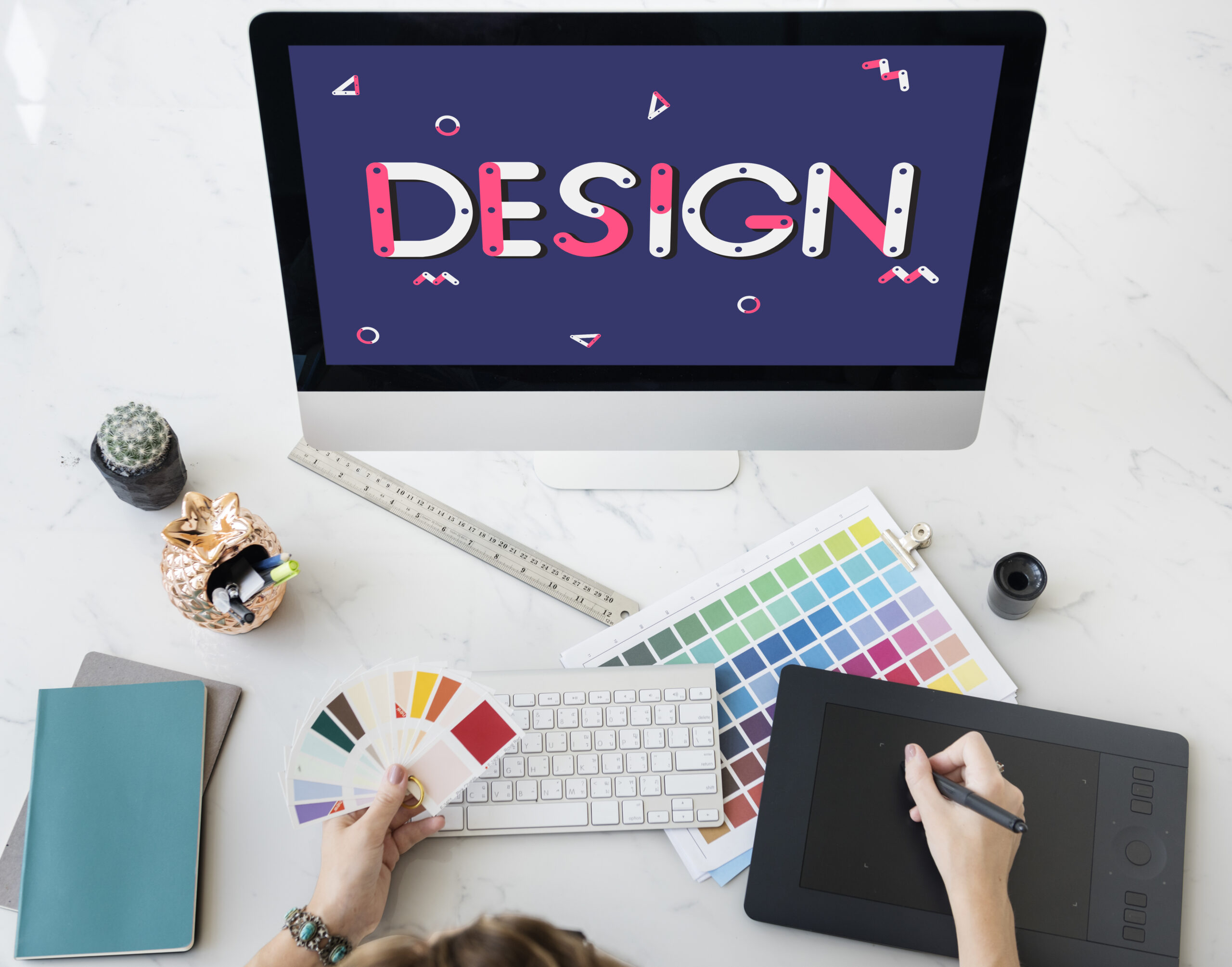Introduction
In today’s digital-first world, design is more than decoration—it’s communication, persuasion, and identity wrapped in one. Whether it’s a business card, a billboard, a website, or a social media post, the impact of graphic design is undeniable. A successful graphic designer not only understands how to make things look good but also how to craft visuals that communicate effectively, trigger emotions, and drive action.
This article is your blueprint for graphic success. We will explore the principles, processes, tools, and strategies that empower graphic designers to make a lasting impact. Whether you’re an aspiring designer or a business owner looking to harness the power of visuals, this guide will lay out everything you need to know.
Short courses college are the fastest way to upgrade your skills, boost your career, or explore a new passion all without the long-term commitment of a full degree.
1. Understanding the Role of Graphic Design
It shapes how a business is perceived and remembered. From logos and packaging to websites and ad campaigns, good design distinguishes a brand from its competitors.
Key Functions of Graphic Design:
Communication Simplifying complex ideas through visuals.
Branding Establishing identity and recognition.
Marketing Capturing attention and guiding decisions.
User Experience (UX) Enhancing navigation and usability.
Emotional Connection Evoking feelings that resonate.
Without design, messages can get lost in the noise. With the right design, brands speak volumes in a glance.
2. The Core Principles of Effective Design
Graphic design success begins with a deep understanding of its foundational principles.
- Balance
Balance brings harmony to design. It can be symmetrical (evenly weighted) or asymmetrical (visually balanced through contrast).
- Contrast
Contrast draws attention and emphasizes elements. Differences in color, size, shape, and typography help guide the viewer’s eye.
- Alignment
Proper alignment creates order and clarity.
- Repetition
Repeating elements such as colors, fonts, or icons strengthens brand identity and reinforces consistency.
- Hierarchy
Design should clearly indicate what’s most important. Through size, color, and placement, hierarchy guides viewers through information logically.
- Space
White space (or negative space) gives designs room to breathe, improving readability and focus.
Mastering these principles is essential to building powerful designs that not only look good but also perform.
3. Crafting a Visual Strategy
Before opening any design software, designers must think strategically. Every successful project begins with a visual strategy rooted in research, goals, and target audience insights.
Steps to Building a Strategy:
Define the Objective What is the design trying to achieve? (Brand awareness, conversion, education?)
Know the Audience Who are you designing for? What are their preferences, behaviors, and needs?
Understand the Brand What are the brand’s values, tone, and style?
Strategic thinking ensures every design decision supports a larger purpose and creates measurable impact.
Note: Choosing a graphic designer jobs in karachi comes with a variety of benefits that can shape both your career and personal growth.
4. The Creative Process: From Concept to Creation
Design is both an art and a science. A systematic approach to the creative process helps designers stay focused, productive, and aligned with client goals.
The Design Workflow:
- Briefing
Gather detailed requirements from the client. Understand their expectations, preferences, and business context.
- Research & Inspiration
Explore competitors, trends, and relevant visual references. Create mood boards and brainstorm creative directions.
- Sketch & Conceptualize
- Focus on quantity—don’t filter too early.
- Develop & Design
Choose the best concepts and develop them using design software. Pay attention to detail, composition, and functionality.
- Review & Refine
Seek feedback. Test designs in real-world scenarios. Make necessary adjustments.
- Deliver & Document
Finalize files in appropriate formats. Provide brand guidelines or documentation if needed.
This iterative, feedback driven process ensures high-quality results that meet both creative and strategic objectives.
5. Mastering the Tools of the Trade
To execute great design, professionals rely on a suite of powerful tools. These tools evolve constantly, but mastering the essentials is critical.
Key Graphic Design Tools:
Adobe Illustrator Ideal for creating logos, icons, and vector graphics.
Adobe InDesign Perfect for layout design—brochures, magazines, reports.
Canva A beginnerfriendly tool for fast, templated designs.
Fig-ma / Adobe XD UX/UI design and prototyping for digital products.
Knowing when and how to use each tool is as important as creativity itself. Invest time in tutorials, courses, and experimentation.
6. Designing for Different Mediums
Graphic designers work across multiple platforms, and each medium comes with its own considerations.
- Print Design
Focus on CMYK colors, bleed margins, and high-resolution files. Examples: posters, business cards, flyers.
- Digital Design
Use RGB color mode, webfriendly fonts, and optimize images for fast loading. Examples: social media graphics, web banners, email templates.
- UX/UI Design
Prioritize usability and responsiveness. Work with wire-frames, prototypes, and user testing. Examples: apps, websites, software dashboards.
- Branding & Identity
Ensure consistency across all touch-points. Design logos, color palettes, and typography systems.
A designer must adapt to each platform’s demands while maintaining a consistent visual voice.
Conclusion
From understanding core principles to navigating tools, trends, and client relationships, successful designers are those who see the big picture while mastering the details.
If you aim to make a mark in this field, follow this blueprint. Learn constantly, design with intention, and stay true to your creative voice. Whether you’re crafting a logo or leading a fullscale campaign, remember: great design doesn’t just capture attention—it creates lasting impressions.









